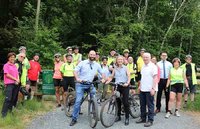
Emma Howard Boyd, Chair of the Environment Agency and a keen cyclist, will be visiting six sites across Salford to see how the city’s ‘green revolution’ is tackling climate change and benefiting local people.
The sites she will see are just some of the ‘green developments’ in the booming city, including the £3.2 million Carbon Landscape project which is restoring wetlands, improving access and reconnecting communities with their landscape across Salford, Wigan and Warrington.
She will also tour the £44 million site of the fifth national RHS garden, RHS Garden Bridgewater and will officially re-open the newly refurbished Ellenbrook loop line, part of a 28-kilometre network of green, traffic-free walking, cycling and commuter routes being enhanced across the city.
Earlier in the year, alongside City Mayor Paul Dennett, Emma opened a £10 million flood scheme, jointly completed by the council and the Environment Agency, which will protect almost 2,000 homes and businesses, hold more than 250 Olympic-sized swimming pools of water during a flood and includes more than 5 hectares of urban wetland habitat.
£52 million green investment showcase
Calculation based on:
£44m Bridgewater
£5m loop lines
£3.2m mosslands
£0.2 suds – about £52.4 million
Councillor Derek Antrobus, lead member for planning and sustainable development, said:
Quote
“We have an incredible amount of green investment currently taking place in Salford and we’re delighted to welcome Emma here for a day to see some of our wide range of projects. A key one was the £10 million second flood basin and wetland which the council and Environment Agency jointly completed.
“Emma is a keen cyclist who once cycled from Land’s End to John O Groats so we will be showing her projects which open up new cycle routes for local people as well as ones which tie in with her ‘day job’ – that of managing flooding and climate change.”
Emma Howard Boyd, said:
Quote“Climate change is one of the biggest global threats we face. Our thinking in tackling it has to change faster than the climate so it’s great to see, first-hand, Salford’s work in making the city greener, more resilient and ‘climate ready’. The Environment Agency continues to work hard across the North West – earlier in the year we opened the Salford flood scheme – so it’s been inspiring to see yet more partnership-led projects which will benefit both people and the environment.”
Emma will start her visit at Little Woolden Moss in Irlam,– a former peat extraction site now being restored to lowland raised bog habitat by the Lancashire Wildlife Trust. Salford’s mosslands are part of a five-year restoration project, which extends into Wigan and Warrington, and will open up the countryside for local communities to enjoy.
Anna Hetterley, Carbon Landscape Programme Manager, said: “The Carbon Landscape is changing the way in which we approach landscapes and communities in Salford, Wigan, and Warrington. Twenty-two interlinked projects will provide a forward-thinking and effective programme that will have lasting benefits for local communities and wildlife. The Carbon Landscape will enhance and connect up the restoration of this landscape, altered by industry, creating and improving nationally significant habitats and reconnecting local people with the heritage and wealth of opportunities for enjoyment and learning on their doorstep.”
After that, she will re-open the Ellenbrook loop line, near Boothstown. It’s the latest section of Salford’s 28 kilometres, award-winning, traffic-free cycling and walking network to be improved, which includes the Port Salford Greenway and the Bridgewater Canal. Over £5.5 million has been invested in it and Ms Boyd will also hear about further plans for improving and extending the network for both commuting and recreational use.
City Mayor Paul Dennett and Marcus Chilton-Jones the curator of the new garden, will then show her around the former site of Worsley New Hall, where RHS Garden Bridgewater will become the society’s fifth national garden.
The garden will include measures to mitigate climate change and drain heavy rainfall and the whole site will have a key role in both formal and informal environmental awareness education.
The day visit will end in central Salford which is undergoing extensive regeneration to look at demonstration schemes to show how developers can green the city and cope with bad weather.
One of the projects, in East Ordsall Lane, recreates the way undeveloped land would naturally drain. Sustainable urban drainage schemes (SuDS) capture heavy rainfall and allow it to soak into the ground, filtering out pollution and watering the trees rather than going straight into and possibly overwhelming the drains in the area.


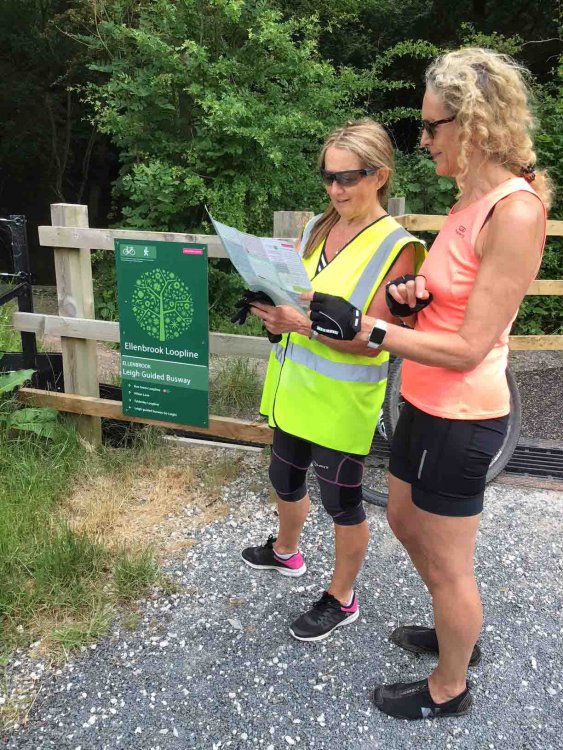

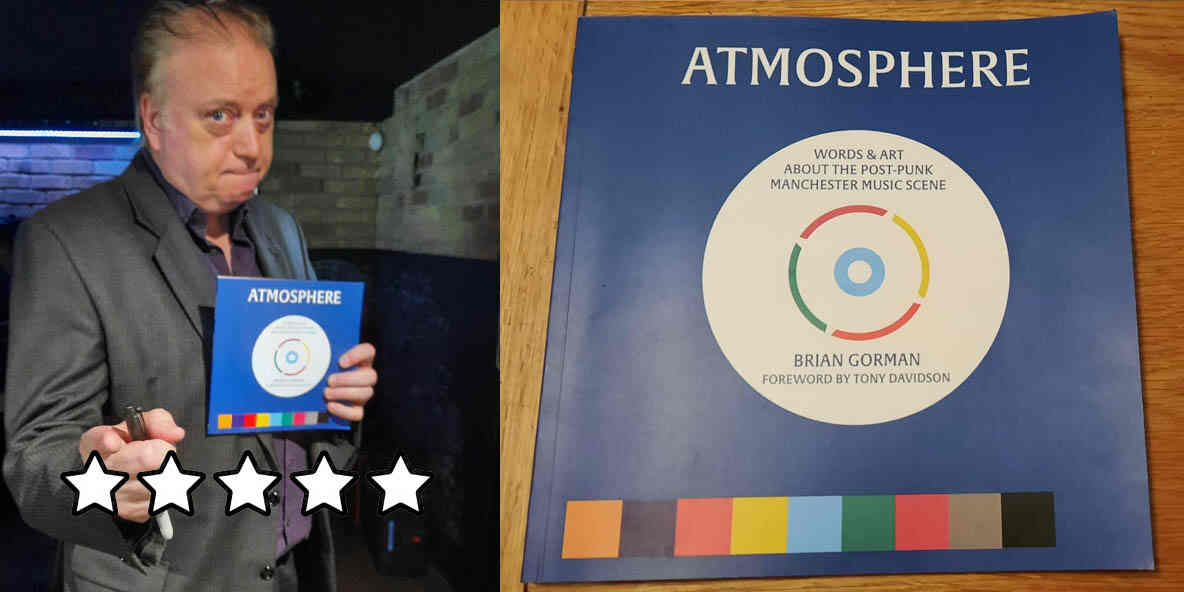
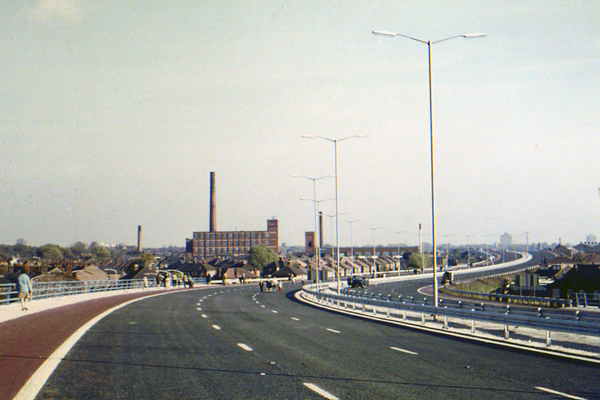
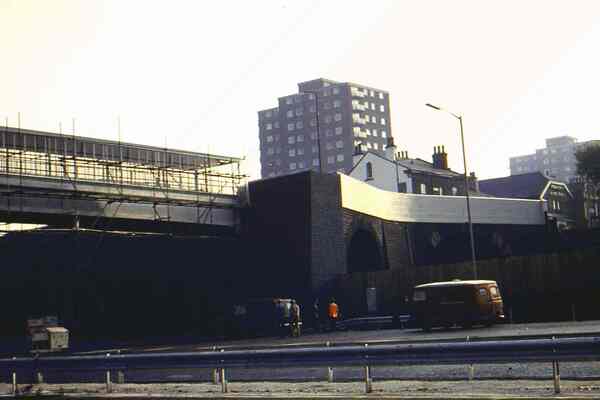

Recommended Comments
There are no comments to display.
Create an account or sign in to comment
You need to be a member in order to leave a comment
Create an account
Sign up for a new account in our community. It's easy!
Register a new accountSign in
Already have an account? Sign in here.
Sign In Now